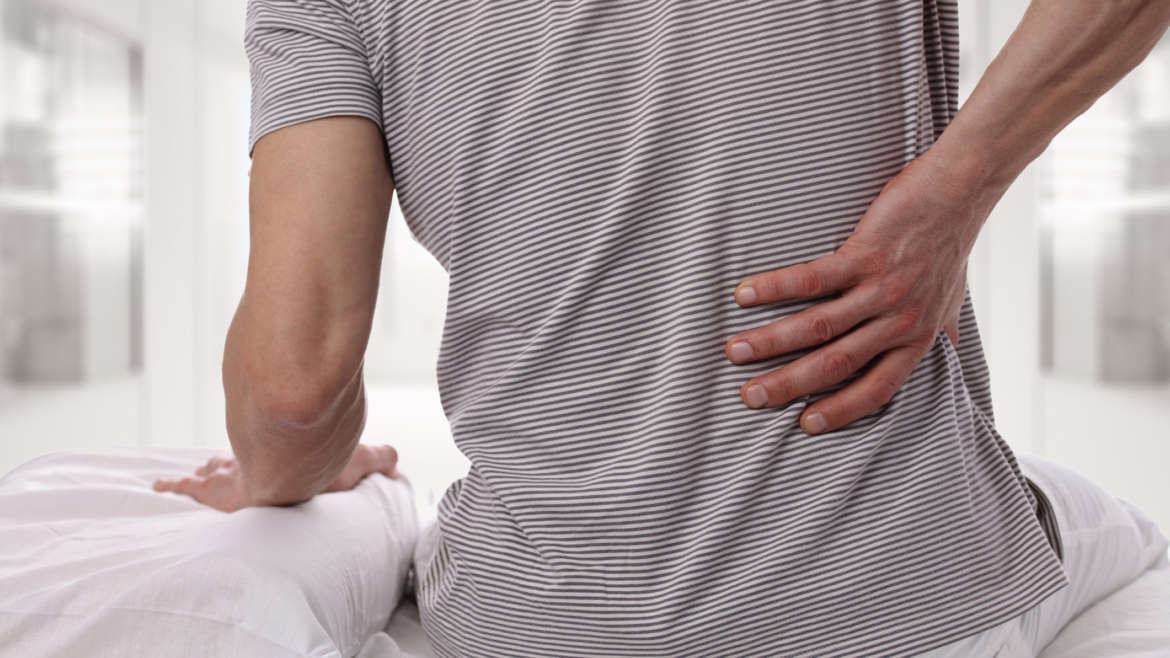You stand at a cross roads – you feel like you’ve tried and explored every option for treating your back pain, and now you’ve been told having pain relief injections is the next step.
This is an intimidating prospect for anyone, so what steps you can take to avoid this outcome in the first place?
First of all: Understand the different end-goals of injections for the back.

How can an injection relieve back pain?
An injection can be used to either relieve back pain or identify the source of the pain. If it’s for pain relief, the injection typically involves steroid medication which has an anti- inflammatory effect. Relief may be relatively long lasting (it has been reported that such injections last for a maximum of three months) or, equally, it could be disappointingly short lived. In either event, it’s worth noting that this is a temporary solution.
How can an injection diagnose the cause of pain?
Using injections to diagnose where pain is originating from is very much based on trial and error, with multiple injection sites tested with lidocaine (or some other type of numbing solution). The patient will simply report when relief is felt, from which the medical professional can gain some insight as to the root cause of the pain.
What are the alternatives to injections for back pain?
The opinions as to injection alternatives are diverse, to say the least. Some recommend unorthodox solutions, such as having an injection of a saline solution rather than steroids (based on the belief that it is the “inflammatory molecules” that cause pain, which can be cleared). Others suggest facet joint blocks (similar to steroid injections, but injected into the joint), followed by radiofrequency ablation (a form of x-ray based treatment to highlight the affected nerve, which is then inserted with a metal needle that burns the nerve).
Needless to say, as osteopaths we believe that these types of treatments are totally avoidable.
Osteopathy and your back pain
Osteopathic treatments are entirely non-surgical, and focus on the relationship between the bones, muscles, ligaments and connective tissue, and how these affect overall health. There is extensive proof that manual treatments such as osteopathy (which involve physical manipulation, stretching and massage) are effective, both for treating back pain, as well as the cause. In fact, NICE recommends osteopathy as an effective treatment for lower back pain.
We treat people with back pain almost every day. In fact, it’s the number one reason why people call us, so to find out how we can help with your back pain call us on 020 8316 5316.



Add Comment